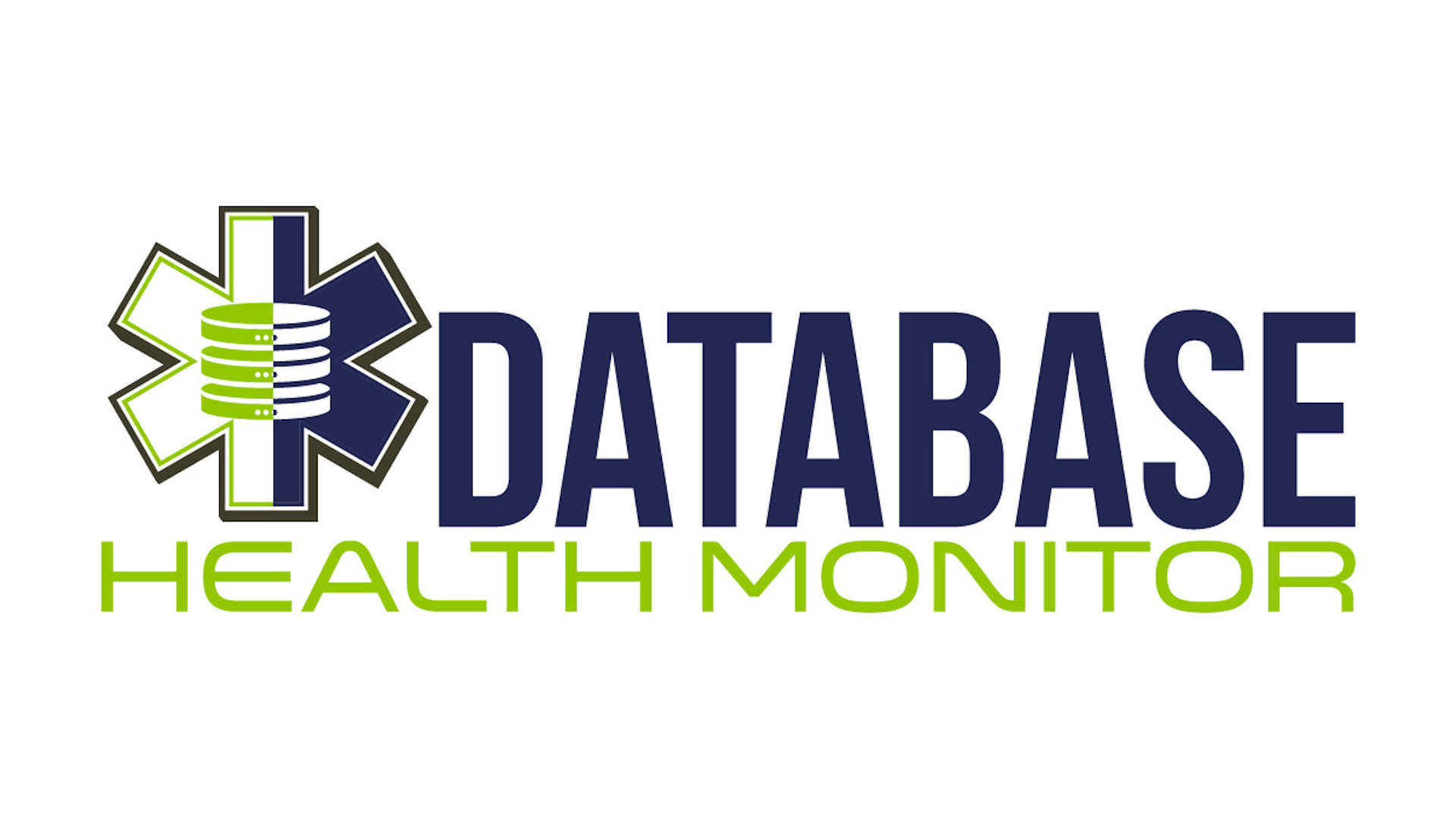Database Health: Monitoring Backups with Database Health Monitor

Monitoring backups is an essential part of database administration, as it ensures that you have reliable and up-to-date backups in case of data loss or corruption. The Database Health Monitor for SQL Server provides insights into backup status, enabling you to identify potential issues and take corrective action to ensure that your backups are running smoothly.
The Database Health Monitor tracks the status of your backups in real-time, providing information about the most recent backup, backup duration, and backup size. You can use this information to identify backups that are taking longer than expected or that are not completing successfully.
In addition to tracking backup status, the Database Health Monitor also provides insights into backup history. The tool maintains a history of all backups and provides detailed information about the backup type, backup start and end times, and backup file locations. You can use this information to ensure that you have a consistent backup schedule and to identify any backup-related issues that may have occurred in the past.
One of the most significant benefits of monitoring backups with the Database Health Monitor is the ability to set up custom alerts. You can configure the tool to notify you when a backup has failed or when a backup has not completed within a specified time frame. These alerts can be sent via email, SMS, or SNMP, ensuring that you are always aware of any backup-related issues.
The Database Health Monitor also provides a range of backup-related reports that enable you to identify trends and potential issues. You can generate reports on backup duration, backup size, and backup history, among other things. These reports can be customized to meet your specific needs and exported to a range of formats, including Excel and HTML.
Overall, monitoring backups with the Database Health Monitor is a critical part of ensuring that your database environment is running smoothly. By tracking backup status, backup history, and setting up custom alerts, you can ensure that you have reliable and up-to-date backups in case of data loss or corruption. If you want to learn more about the Database Health Monitor or try it out for yourself, visit http://DatabaseHealth.com today!
More from Stedman Solutions:

Steve and the team at Stedman Solutions are here for all your SQL Server needs.
Contact us today for your free 30 minute consultation..
We are ready to help!


Leave a Reply